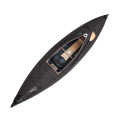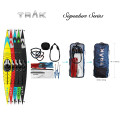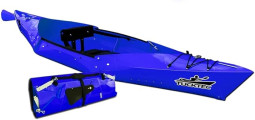More people are living in cities than ever before, and trying to find storage for a full-size touring or recreational kayak can be a real barrier to owning your own boat. Add to this the challenge of transporting a heavy, awkward kayak on the roof of your compact car, and forget about using public transportation. Enter the foldable kayak.
Folding kayaks make a lot of sense for the majority of space-strapped city dwellers. A fold up kayak provides paddlers with a packable paddling craft that can be stored in an oversized backpack, thrown in the trunk of a car or carried on a train. When you reach your launch site, a folding kayak can be assembled and on the water in as little as 10 minutes.
The practicality and versatility of foldable kayaks means these portable boats are a rising trend with modern kayakers, but they’re not a new idea. Some of the first kayaks mass-produced for consumers in the early 1900s were actually folding kayaks made by Johannes Klepper in Europe. Klepper still sells their folding kayaks today, and this one-hundred-year-old trend doesn’t look like it’s fading anytime soon.
Folding kayaks are available in a variety of shapes, sizes and styles to suit a wide range of uses, from casual recreational paddling to weeklong expeditions and more. These designs continue to evolve, with updated materials and simplified assembly. Folding kayak construction can vary widely, including polyurethane skin-on-frame, origami-style and inflatable models. Unlike some inflatables, skin-on-frame and origami-style kayaks paddle much like a traditional rigid kayak, with good glide and agile handling. Folding kayaks tend to cost more than comparable non-folding models, but their portability means you’ll save on storage and roof racks.
In the market for a blow-up boat? Explore the wide range of inflatable watercraft available in our separate guide to the best inflatable kayaks. Otherwise, read on for our roundup of the best non-inflatable folding kayaks on the market. We’ll discuss all the options available, along with pros and cons to help you find the best skin-on-frame or origami-style folding kayak for your needs.
Top picks: Best foldable kayaks for 2024
The following foldable kayaks have received the highest star ratings by reviewers in our Paddling Buyer’s Guide. See and review all foldable kayaks here.
Best Non-Inflatable Folding Kayaks
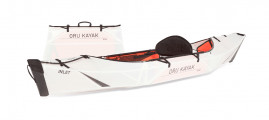
Inlet
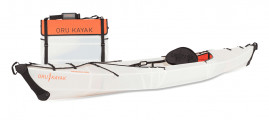
Beach LT
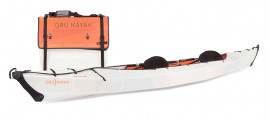
Haven TT
Shop foldable kayaks
Looking for a resource to compare the best foldable kayaks? Browse our Paddling Buyer’s Guide to find every folding kayak available on the market, including reviews, specifications, prices and where to buy. To streamline your search, use the links below to filter fold up kayaks by type, brand and popular retailers.
Shop by type
Shop by brand
Shopping for a used foldable kayak?
Shopping for a used folding kayak can be a great way to score a deal on a premium boat. If you’ve plugged “folding kayak Craigslist” into the search bar and found a potential match, keep these tips in mind to make sure you’re getting the best foldable kayak for your money.
Know what kind of fold up kayak you are buying
Beyond the current products on the market, there have been a number of now-discontinued folding kayak brands and models over the years. Some of these are classic designs that hold their value well, while others may be cheap knock-offs. If the listing doesn’t provide details including brand and model, ask the seller.
Then look it up in our comprehensive Paddling Buyer’s Guide, which lists detailed information for just about every folding kayak, both contemporary and classic. You can also ask the seller how and where they used the kayak, which will give you a sense of what it’s most appropriate for and how many nautical miles it’s seen.
Assemble and inspect
Folding kayaks can be complex to put together your first time. Ask the seller if you can meet somewhere like a park or launch site and set aside some time to fully assemble the kayak. Even better, have the seller walk you through the assembly so you can get an accurate idea of set-up time for a more experienced user.
There are a variety of folding kayak designs, ranging from the simplest origami-style folding kayaks to more complex “skin-on-frame” styles that use a polyurethane-coated fabric shell stretched over a take-apart aluminum or wood skeleton. Depending on the design, average assembly time can vary from less than 10 minutes to nearly 30 minutes.
Setting up the kayak will also give you the opportunity to see if any pieces are missing or broken and inspect for damage to the hull, deck and outfitting (seat, seat back, foot rests, etc). If there are pieces missing or damaged, replacement parts may be available from the manufacturer. If the fabric hull/deck is ripped, heavily faded, moldy or the coating on the inside is peeling, you’re best to keep looking.
Take it for a test paddle
Once you have the folding kayak assembled, take it out on the water. This is the surest way to know whether the foldable kayak is a good match in terms of comfort, fit and performance. Remember to bring a paddle and PFD (unless these are included in the sale).
For more tips on what to look for when selecting a used kayak, read our article How To Buy A Used Kayak.
Foldable kayak buying guide
Once you’ve decided that the portability and light weight of a folding kayak are paramount to your paddling needs, next comes the choice of what style or type is the best foldable kayak for you.
Many folding kayaks are best classified as touring kayaks. Touring kayaks (also known as sea kayaks) are typically 14 to 17 feet in length and have narrower, elongated hulls with tapered ends for efficient glide and better tracking ability to help you travel in straight lines over longer distances. This makes these folding kayaks great for longer outings with enough storage space for overnight camping adventures.
Another type of fold up kayak option is a folding recreational kayak. Recreational kayaks are wider and shorter than touring kayaks, typically 10 to 14 feet in length. These kayaks offer more stability for beginners or casual paddlers looking to enjoy relaxing trips on calm, sheltered waters. Recreational kayaks aren’t as fast or efficient to paddle as touring kayaks, making them better suited to shorter distance trips on flatwater or floats down slow-moving rivers.
Foldable kayaks may be fully or partially decked sit-inside kayaks, or have an open top and deeper sides similar to a canoe. In general, fold up touring kayaks will have the paddler more enclosed with a smaller cockpit opening; while folding recreational kayaks will have a more open feel and a larger cockpit opening.
It’s also worth noting here that all folding kayaks should be used with airbags inflated in the bow and stern if the kayak is to be paddled further offshore in open waters. This ensures the kayak will remain floating and be stable enough to re-enter if it swamps or the paddler falls out.
Once you’ve decided what style of folding kayak you prefer, you can choose from a variety of construction types, each with a different twist on assembly.
The classic folding kayak design uses what’s called “skin-on-frame” construction. All modern kayaks are informed by millennia-old designs, traditionally built by the Inuit and Aleut people for hunting and transportation. But folding skin-on-frame kayaks are the closest to early kayaks in terms of construction. Where Indigenous peoples once used seal skin stretched tightly over a driftwood and whalebone frame, today’s skin-on-frame folding kayaks use wood or aluminum frames with a “skin” of synthetic materials or cotton canvas.
There’s a reason skin-on-frame kayaks have been trusted for thousands of years. This type of construction is lightweight, durable and results in an agile, high-performing kayak. The downside to skin-on-frame folding kayaks is that they take longer to set up and take apart than some other folding styles, and are priced at the mid to high end for folding kayaks.
Origami-inspired kayaks are another type of folding kayak which has become popular in recent years. These clever kayaks are constructed of flexible, impact-resistant corrugated polypropylene (think of those plastic crates at the post office). They are essentially one sheet of plastic that folds into a portable box shape for storage or transport, and transforms into a kayak in just a few simple steps.
Origami folding kayaks are available in both touring and recreational designs. They are lightweight and—above all—quick and easy to assemble or pack up. Like a skin-on-frame folding kayak, an origami folding kayak is nimble and fun to paddle for both beginners and experts. Their cost is mid range, starting at around a thousand dollars for a recreational or light touring design.
Another portable kayak option, although not technically a folding kayak, are nesting kayaks. These are hard plastic kayaks that look and paddle just like a rigid kayak when assembled, but take apart in segments that stack within one another for storage (think of a Russian matryoshka doll).
The main advantage of a nesting kayak is that it feels just like a hardshell kayak in terms of fit and performance. Nesting kayaks also usually have storage hatches and bulkheads (interior walls within the hull that ensure flotation should the kayak swamp or overturn), which are typically lacking in other types of portable kayaks. Although nesting kayaks are intuitive to assemble, the downside is that they are heavy (as much or more than the weight of a hard plastic kayak) and not as compact to carry or store as a true folding kayak.
Finally, if you’re looking at folding kayaks, it’s well worth considering an inflatable kayak. Industry jargon aside, an inflatable kayak also rolls or folds up, making it every bit as easy to transport and store for paddlers seeking portability. Inflatable kayaks are made of flexible, durable plastics such as PVC, with better quality inflatables using drop stitch construction to create a more rigid and efficient hull shape.
The pros to inflatable kayaks are they are super lightweight, and assembly is as simple as blowing up the kayak with a manual or electric air pump. The overall downside comes with on water performance. Traditionally, inflatables are sluggish and squirmy, lacking the efficiency of other materials. Inflatable manufacturers have improved upon this with construction techniques such as drop-stitching, which allows for high pressure inflation. There are even hybrid inflatable kayaks with elements of frame kayaks to increase rigidity and performance. Price varies widely with quality of construction and intended use, from a couple hundred bucks for a simple inflatable to punt around in at the beach, to more than a thousand for a top-quality boat rated for whitewater or coastal paddling.
No matter what type of fold up kayak you bring home, here is the ultimate post-purchase advice: practice assembling your kayak before your first outing. Putting together a folding kayak the first time brings back memories of erecting Ikea furniture. Manufacturers often advertise set up time in 10–20 minutes, but this is usually after you’ve had some practice. Easy-to-follow video instructions are often available through the brand’s website or on YouTube.
Want to know more about foldable kayaks? Here are some of the most common questions paddlers have.
-
What is a folding kayak?
A folding kayak is a portable kayak that can be disassembled and packed into a duffel for storage and transport. Folding kayaks are available in different styles and materials, including skin-on-frame kayaks with take-apart aluminum or wooden frames and fabric outers, origami-style folding kayaks, nesting kayaks and inflatables.
-
Are folding kayaks any good?
Foldable kayaks are a great choice for those with limited storage space and paddlers who rely on public transportation. They are also a good fit for travelers who want to take their kayak with them on their adventures, whether it’s a road trip or fly-to destination. Many folding kayaks are capable of paddling on the same waterways as other types of recreational or touring kayaks.
-
Folding kayak vs hardshell
Folding kayaks are generally lighter than hardshell kayaks, and are much easier to store and transport. Performance-wise, the rigidity of hardshell kayaks means in theory they will be faster and more efficient than folding kayaks; however, in practice, folding kayak designs may out-perform cheaper hardshell recreational kayaks.
Outfitting—including seats, foot rests and thigh braces—tends to be more adjustable for greater comfort in hardshell kayaks than many folding kayaks.
-
Folding vs inflatable kayak
When most people talk about folding kayaks, they are thinking of portable kayaks that do not require inflation. These folding kayaks are more rigid than inflatables and offer performance more closely comparable to a hardshell kayak. Inflatable kayaks tend to be slower and less suitable for longer tours or open waters.
Price-wise, folding kayaks are generally somewhat more expensive than inflatables, although both types of portable kayaks offer affordable models suitable for entry-level paddlers. In terms of assembly, inflatable kayaks tend to be quicker and easier to set up, although origami-style folding kayaks can be just as fast to get on the water, without the need for an additional air pump.
-
Where can I buy a folding kayak?
Foldable kayaks are available at specialty paddlesports retailers. Folding kayaks are also available online through sites like Amazon, or directly through manufacturers. You can also find folding kayaks at outdoor retail chains such as REI.
-
Folding kayak manufacturers
There are more folding kayak manufacturers than you may realize. Some of the better known foldable kayak makers include Klepper, Oru, Pakboats, TRAK and Feathercraft. For more fold up kayak manufacturers, check out the comprehensive listings in the Paddling Buyer’s Guide.
-
Lightest folding kayak
Some of the lightest foldable kayaks available include the Oru Inlet, an origami-style folding kayak constructed of corrugated polypropylene that weighs 20 lbs; the Pakboats Puffin Saco, a classic skin-on-frame folding kayak that weighs 20 lbs; or the Advanced Elements AdvancedFrame Ultralight, which weighs 17.5 pounds and is a hybrid inflatable and frame kayak.
Foldable kayak reviews
Now you have the gist of what types of foldable kayaks are available. But if you want to know how each model of folding kayak performs, learn more about different brands, or find the folding kayak of your dreams, read our expert reviews of a range of models below.
- Folding Kayak Review: Oru Bay ST
- Folding Kayak Review: Oru Inlet
- Oru Inlet Review—Exclusive First Look
- Folding Kayak Review: TRAK 2.0 Touring Kayak
- Folding Sea Kayak Review: TRAK Seeker ST 16
- Folding Kayak Review: Feathercraft Kurrent
- Folding Kayak Review: Pakboats Quest 135

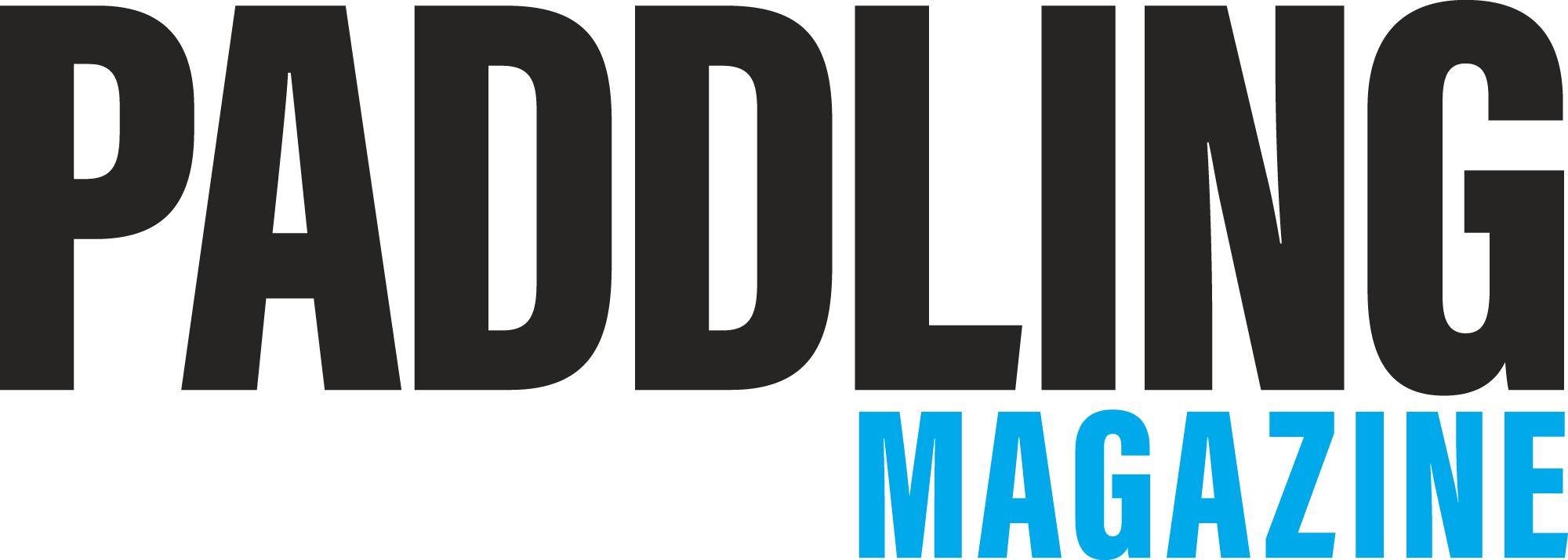

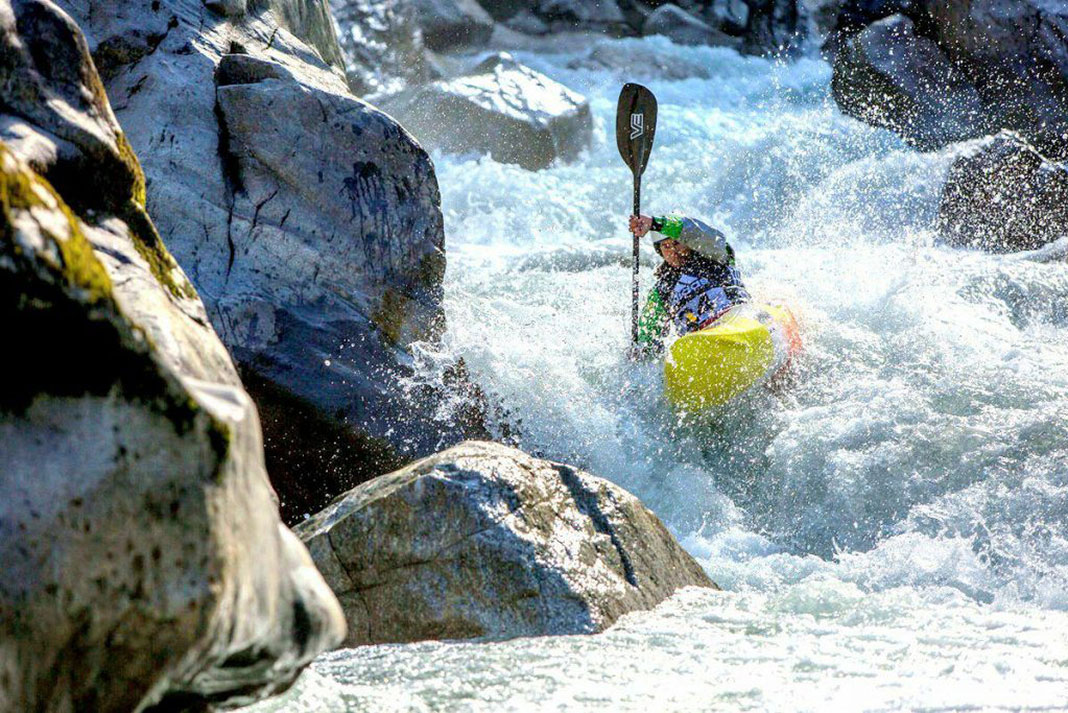
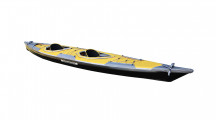

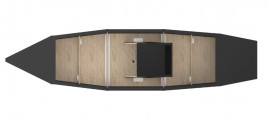
-first_product_boats.jpg)
